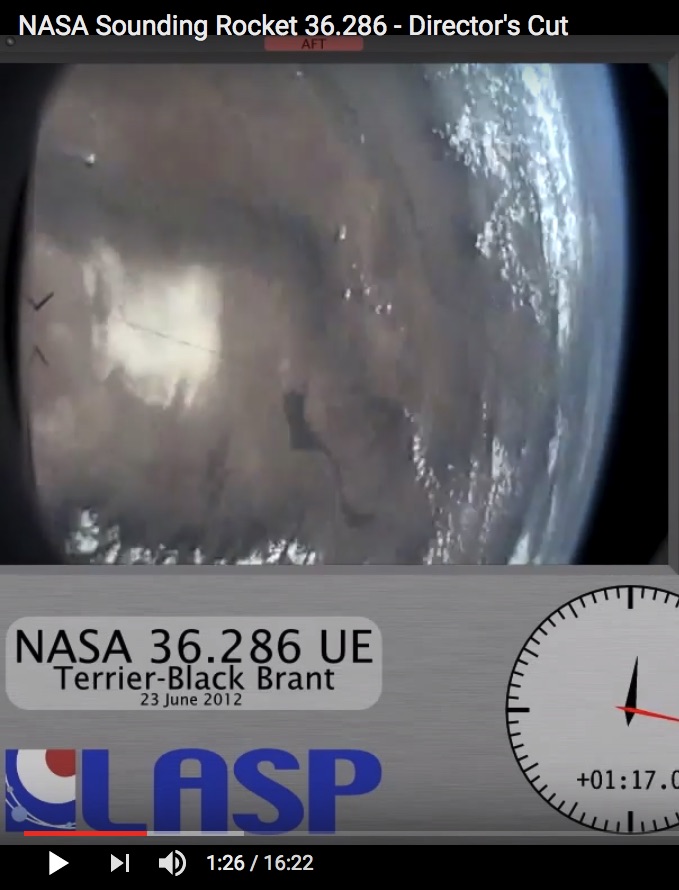MichaelRapp
Well-Known Member
- Joined
- Nov 9, 2014
- Messages
- 279
- Reaction score
- 38
Hi all,
I stumbled upon this last night. [video=youtube;GLhaNd_H5bM]https://www.youtube.com/watch?v=GLhaNd_H5bM[/video] It's a sixteen minute video of a complete 2012 flight of a NASA Terrier-Black Brant sounding rocket as viewed from two cameras, one mounted forward and the other aft (and a synced ground camera at launch as well).
Some things that really fascinated me during the flight:
Cool stuff.
I stumbled upon this last night. [video=youtube;GLhaNd_H5bM]https://www.youtube.com/watch?v=GLhaNd_H5bM[/video] It's a sixteen minute video of a complete 2012 flight of a NASA Terrier-Black Brant sounding rocket as viewed from two cameras, one mounted forward and the other aft (and a synced ground camera at launch as well).
Some things that really fascinated me during the flight:
- The spin rate of the rocket after launch (wow, I had to avert my eyes to avoid getting sea sick!)
- How quiet it gets once the air density drops off.
- The mechanism by when the rocket stops spinning abruptly (1:28 into the video, I'm unsure exactly what it is).
- The final stage dropping away (About 1:40 in).
- When it starts spinning up again on descent.
- The return of sound.
- The deployment of the chutes (difficult to see as they're in the sun).
- The relatively soft landing.
Cool stuff.




